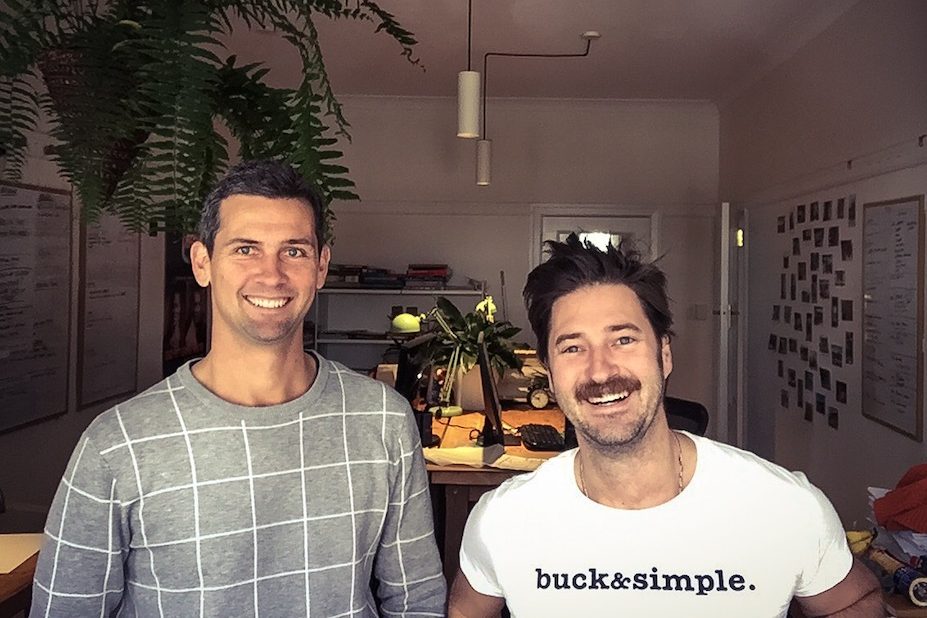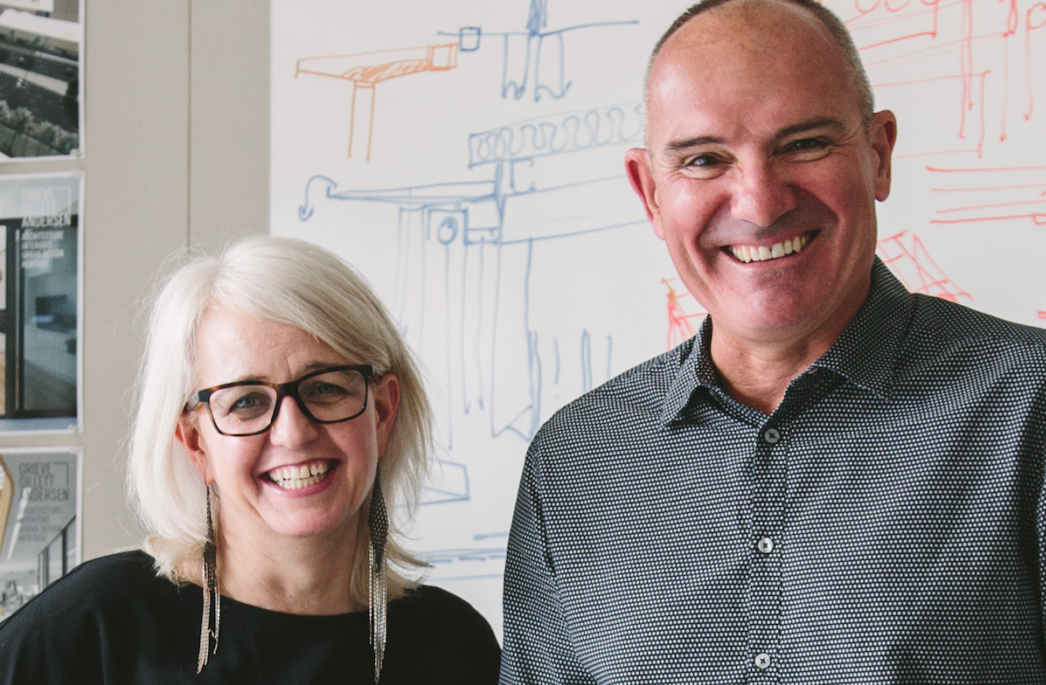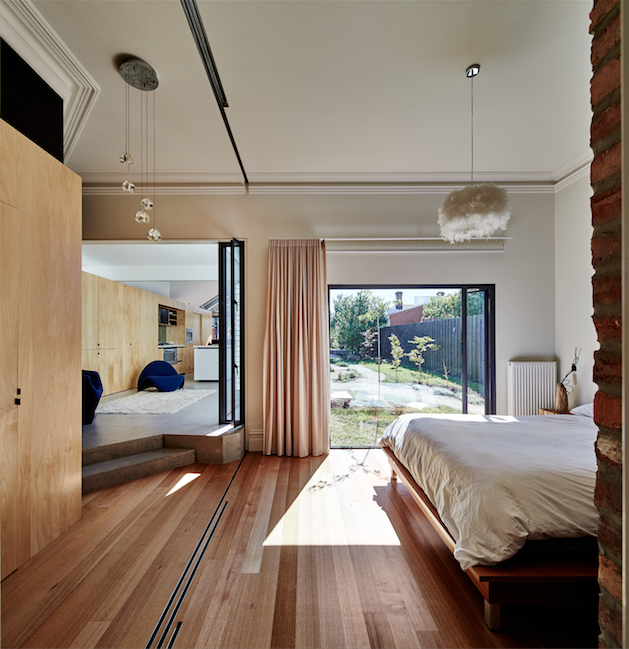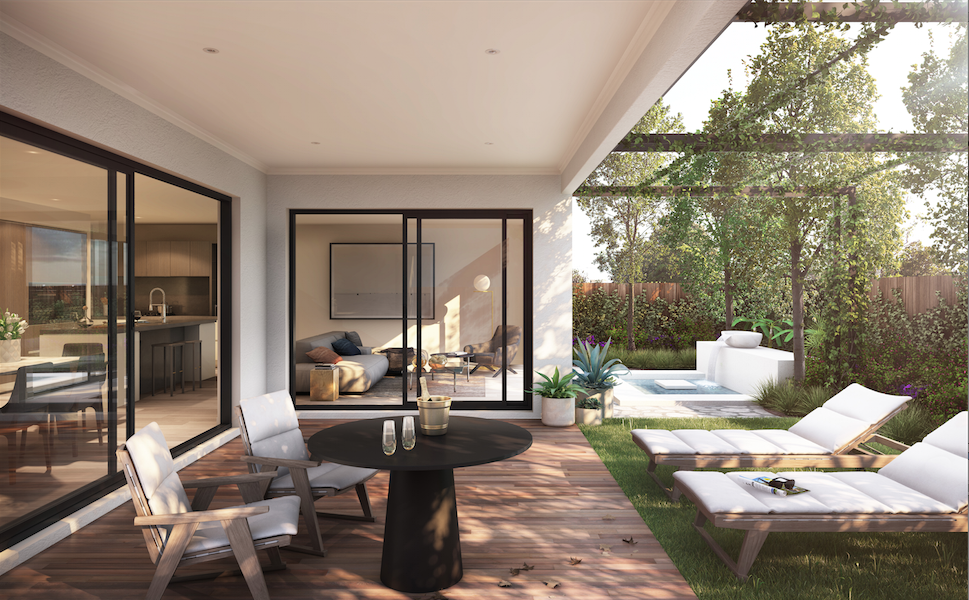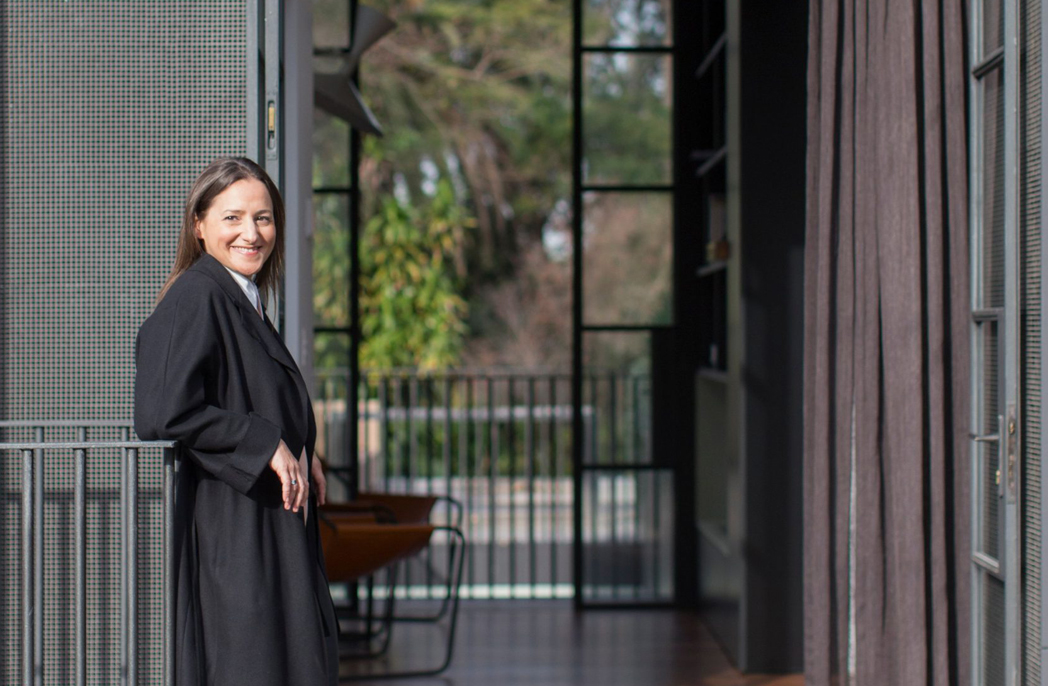
Is ‘closing the loop’ the new future proofing?
Is ‘closing the loop’ the new future proofing?
Share
Above: Austin Maynard Architect’s ‘ridiculously inside-out’ Cut Paw Paw extension. Written by Michelle Dunner.
Creating a balance between form and function has long been the challenge for architects, but now there is a new imperative – closing the loop. While a host of product manufacturers are coming to terms with developing end of life strategies and mechanisms, architects are becoming increasingly aware of what goes into their projects – and what may come out the other end.
“We aim for two key strategies,” says Melbourne-based Andrew Maynard of Austin Maynard Architects. “We want to create buildings that will outlast a generation – at least. The second is to enable our buildings to be dismantled, rather than demolished.”
Maynard’s own bio states he believes that people should consider their responsibilities ahead of their rights. Innovating in design and specification in buildings is just one aspect of how he hopes he can influence the world – and that means creating more resilient and sustainable buildings.
Globally, more architectural firms are delving further into the nature of the products and materials they use. An item certified under various sustainability benchmarks may still have ‘inputs’ from fossil fuel energy and virgin resources. As such, there’s a shift towards utilising more locally sourced materials and those that are repurposed.
“From what I hear and see, architects are looking for sustainable products, recycled materials, longevity and, if needed, demountability,” Maynard says. “If they are not, then they should be. Good architects think long-term and play the long game.”
Peter Ho from Phooey Architects says reuse of materials is on the agenda, but with a caveat: “We’re always looking for new things and evaluating recycled materials – in terms of their properties, their resilience, but also whether they offer a warranty. There is no doubt people do come to us and ask for more ‘green’ elements to their buildings but, at the same time, we are all looking at how these things can be rich and beautiful,” says Ho.
“While we like to think we can pull things apart and deconstruct, there are many materials in current usage that just can’t be broken down, such as glues and adhesives. While people are working out how to reuse things in other ways, or how to manage the waste in their own construction processes, it’s still too easy for us to throw things away. We’re trying to be as efficient as we can in the use of each product.
“What inspires me is the concept of upcycling – using wasted resources in either a material or non-material way. There needs to be more thinking about how we use second-hand stuff.”
Ho says there are examples large and small around Australia and the globe to demonstrate the creativity inherent in upcycling. “At an architectural level it can be a bit more complicated, but there are examples like Architecture 00 in the UK, involving themselves in the way schools use the space they have rather than build something new. Then there’s Superuse Studios in the Netherlands – they have projects like this in the thousands. One was making a playground using old wind turbine blades.”
Developers are also seeing the benefit of closing the loop, working with architects to future-proof new ventures. An example is Glenvill’s YarraBend project in Melbourne. It has set a goal of achieving the highest possible rating under the Urban Development Institute of Australia’s EnviroDevelopment scheme. A key feature of the current release is a standard inclusion of the closed loop Tesla Powerwall to store solar power for when it is required, as well as smart-wired houses and electric-car charging points.
Is there enough innovation in product and material development for architects to use? Andrew Maynard believes most of the IP – and the resulting products – is imported. “We should be innovating locally, but government is a hindrance rather than a help at the moment. All we need is leadership and investment at government level to turn this around,” he says.
“Price and local availability are huge barriers. If our government truly cared about fostering an innovation- based economy, then new sustainable technologies and products should be at the forefront of their thinking and investment. It is a global growth industry from energy production to product supply. We are missing our chance to innovate due to our entrenched investment in fossil fuel and fossil fuel-based product production.”
Ho believes Melbourne is the epicentre of the progressive move to greater sustainability. “We have several examples of buildings here, both commercial and residential, that recognise the value of the existing resources we have. As a result, more products are becoming mainstream and cost-competitive.”
This article originally appeared in AR146 – available now through newsstands and digitally through Zinio.
You Might also Like

